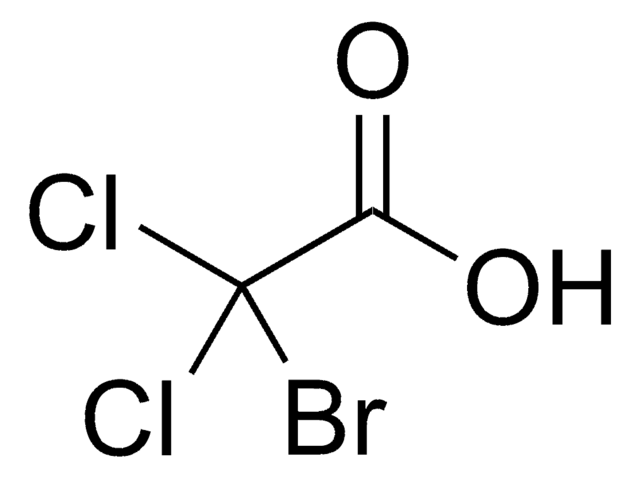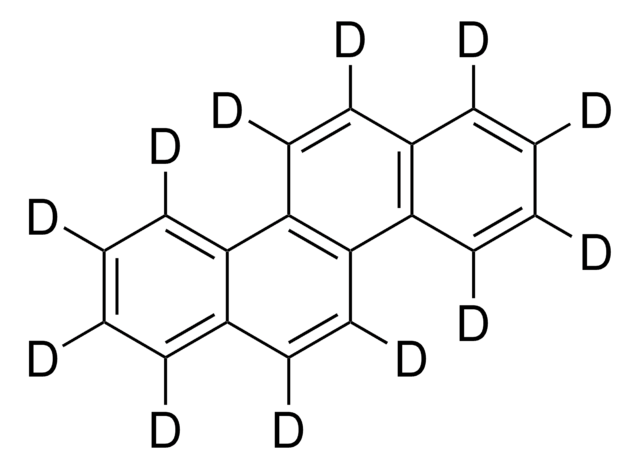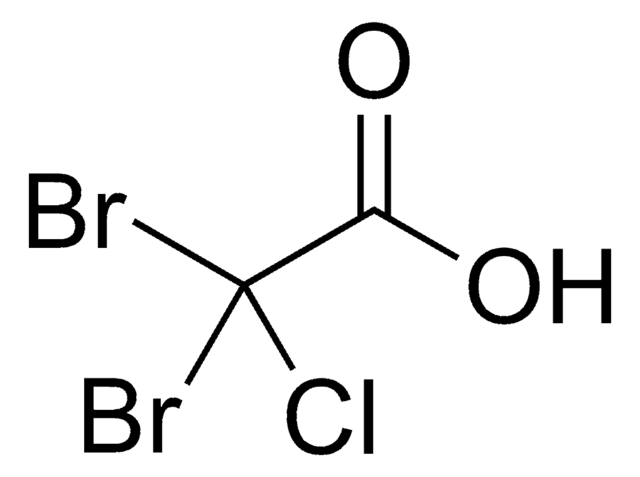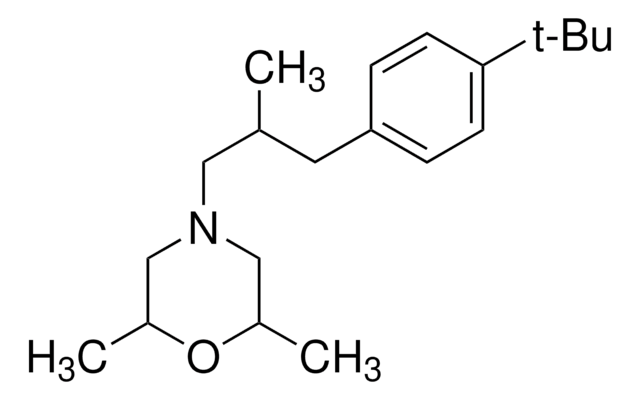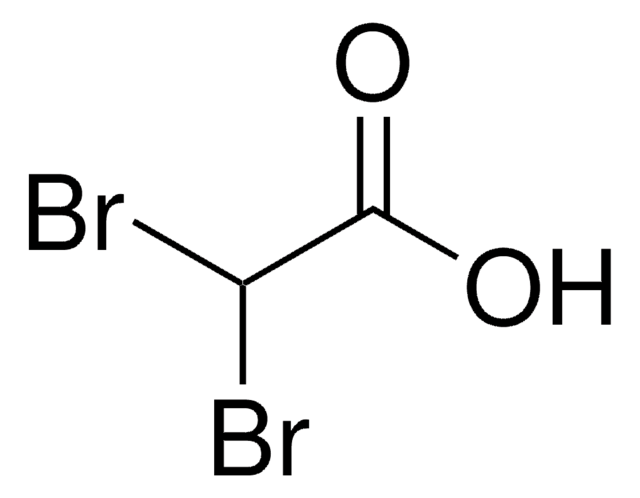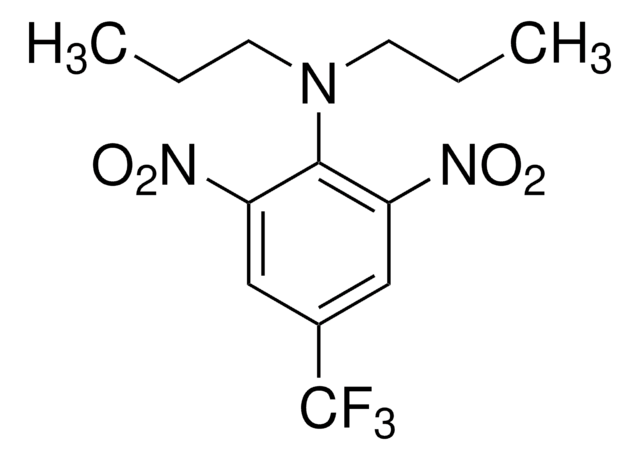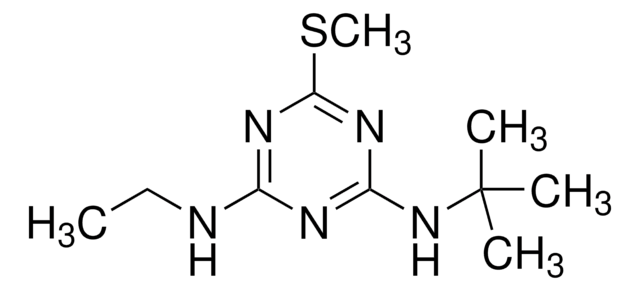Kluczowe dokumenty
47278
Bromodichloroacetic acid solution
certified reference material, 1000 μg/mL in methyl tert-butyl ether
About This Item
Polecane produkty
klasa czystości
certified reference material
TraceCERT®
agency
EPA 552.2
linia produktu
TraceCERT®
Certyfikat analizy
current certificate can be downloaded
Właściwości
standard type calibration
opakowanie
ampule of 1 mL
stężenie
1000 μg/mL in methyl tert-butyl ether
metody
HPLC: suitable
gas chromatography (GC): suitable
Zastosowanie
environmental
Format
single component solution
temp. przechowywania
2-8°C
InChI
1S/C2HBrCl2O2/c3-2(4,5)1(6)7/h(H,6,7)
Klucz InChI
XSWVFEQKZFUULO-UHFFFAOYSA-N
Zastosowanie
Inne uwagi
Informacje prawne
Hasło ostrzegawcze
Danger
Zwroty wskazujące rodzaj zagrożenia
Zwroty wskazujące środki ostrożności
Klasyfikacja zagrożeń
Flam. Liq. 2 - Skin Irrit. 2
Kod klasy składowania
3 - Flammable liquids
Klasa zagrożenia wodnego (WGK)
WGK 1
Temperatura zapłonu (°F)
-18.4 °F - closed cup
Temperatura zapłonu (°C)
-28 °C - closed cup
Certyfikaty analizy (CoA)
Poszukaj Certyfikaty analizy (CoA), wpisując numer partii/serii produktów. Numery serii i partii można znaleźć na etykiecie produktu po słowach „seria” lub „partia”.
Masz już ten produkt?
Dokumenty związane z niedawno zakupionymi produktami zostały zamieszczone w Bibliotece dokumentów.
Nasz zespół naukowców ma doświadczenie we wszystkich obszarach badań, w tym w naukach przyrodniczych, materiałoznawstwie, syntezie chemicznej, chromatografii, analityce i wielu innych dziedzinach.
Skontaktuj się z zespołem ds. pomocy technicznej